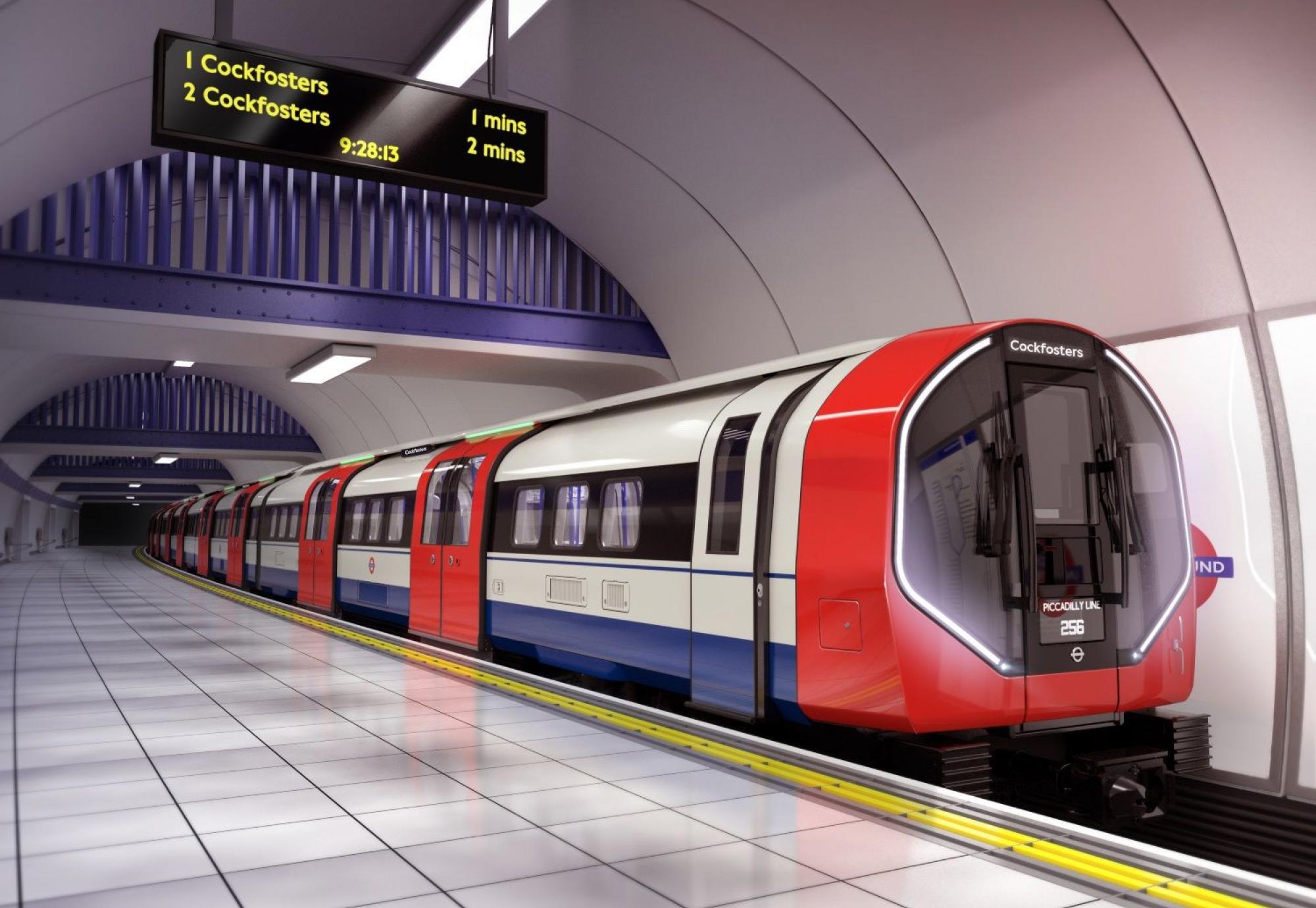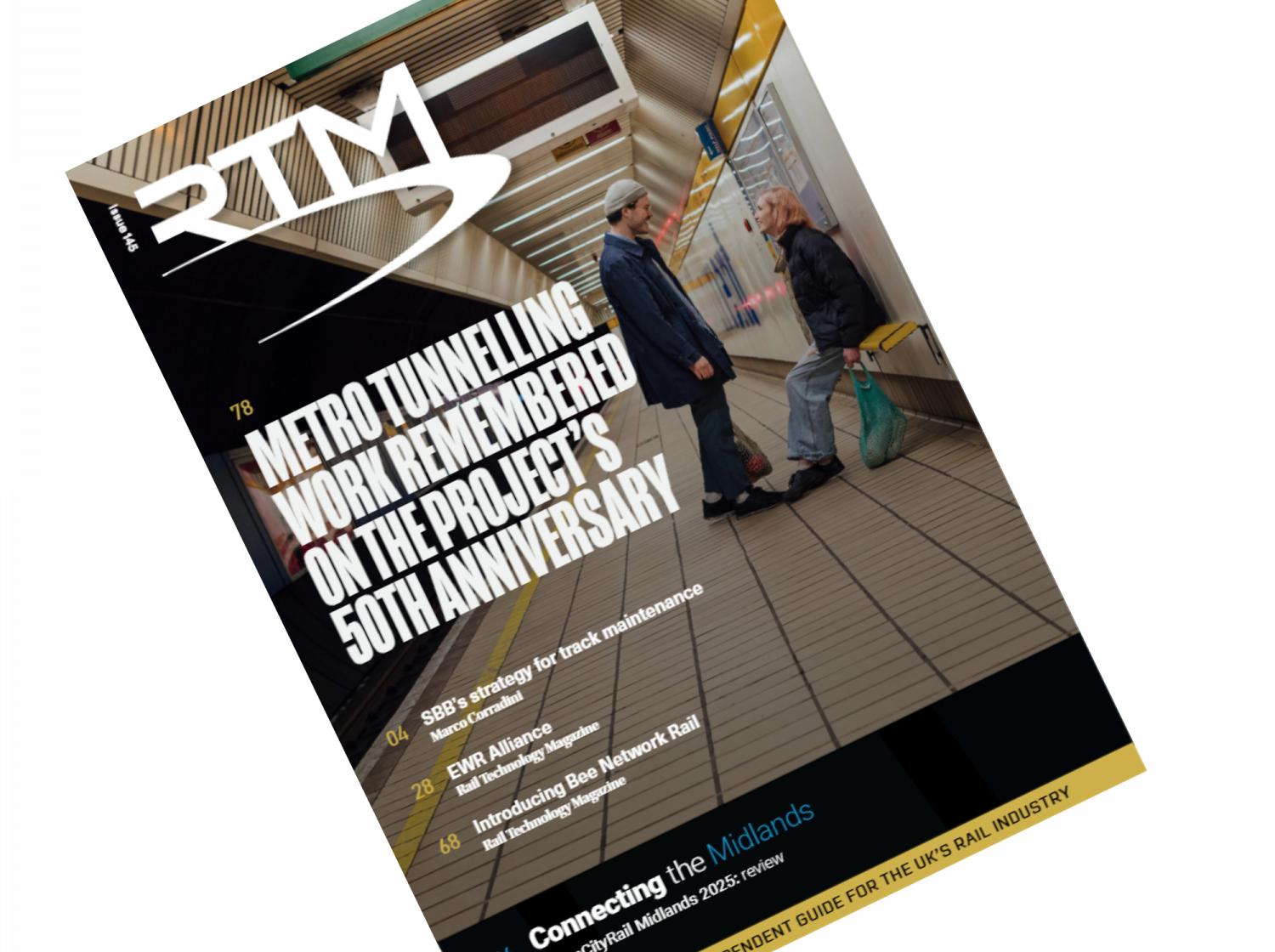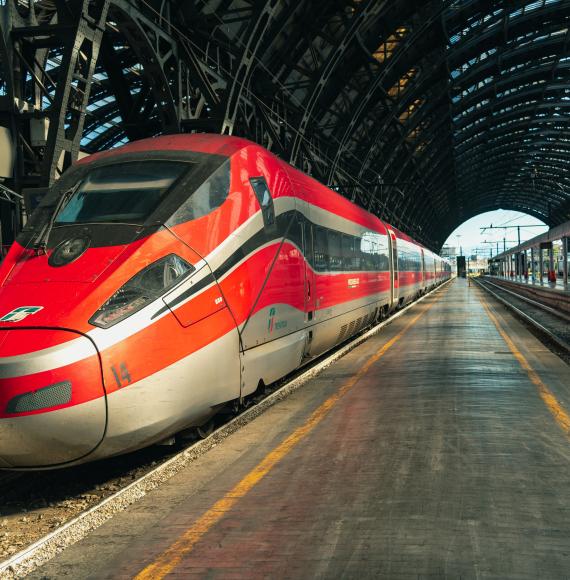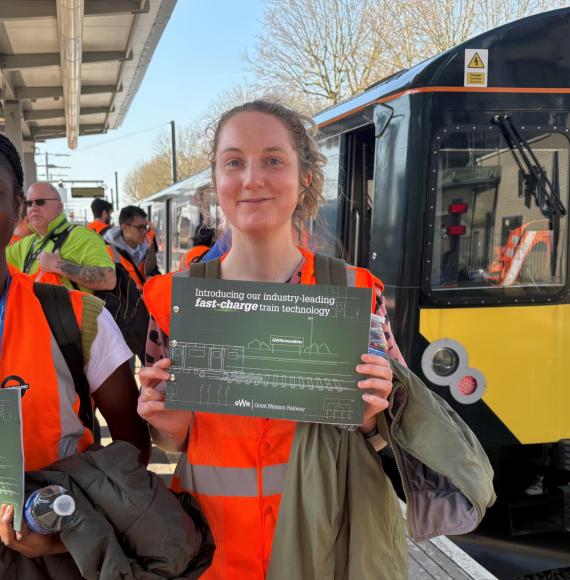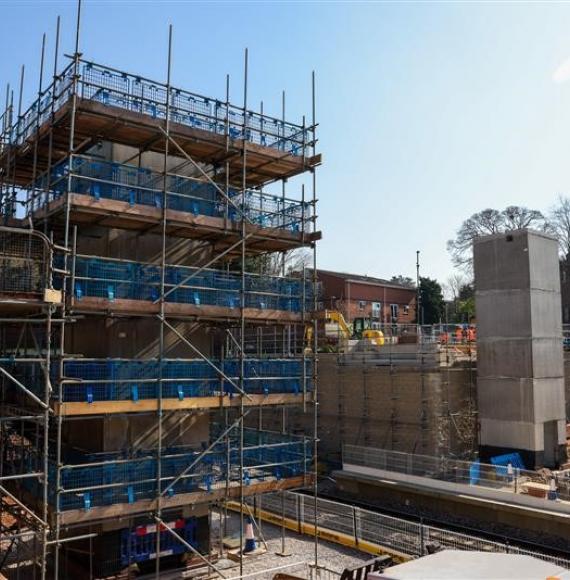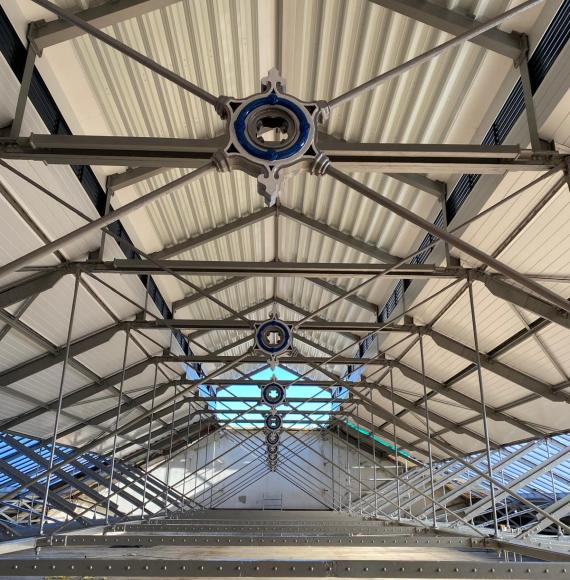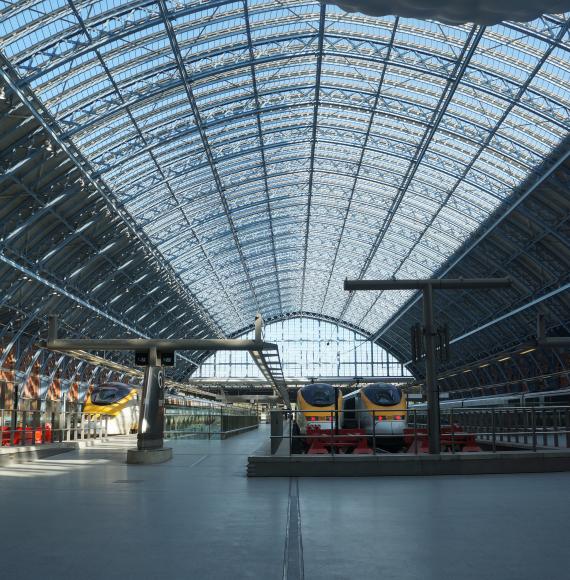Transport for London (TfL) has announced a series of closures on the Piccadilly line, as essential work takes place ahead of the arrival of the line’s new fleet.
A programme of vital track and platform upgrades will be completed between July and September to ensure the line is ready for the arrival of the first new Piccadilly line trains, which will undergo testing later this year.
The planned work includes the renewal of track, points and crossings in the Arnos Grove area, and work around Cockfosters Tube station, Cockfosters Depot and the Arnos Grove train sidings.
The upgrades will take place in some of the deepest sections of the Underground network, on some of the oldest track and signalling infrastructure.
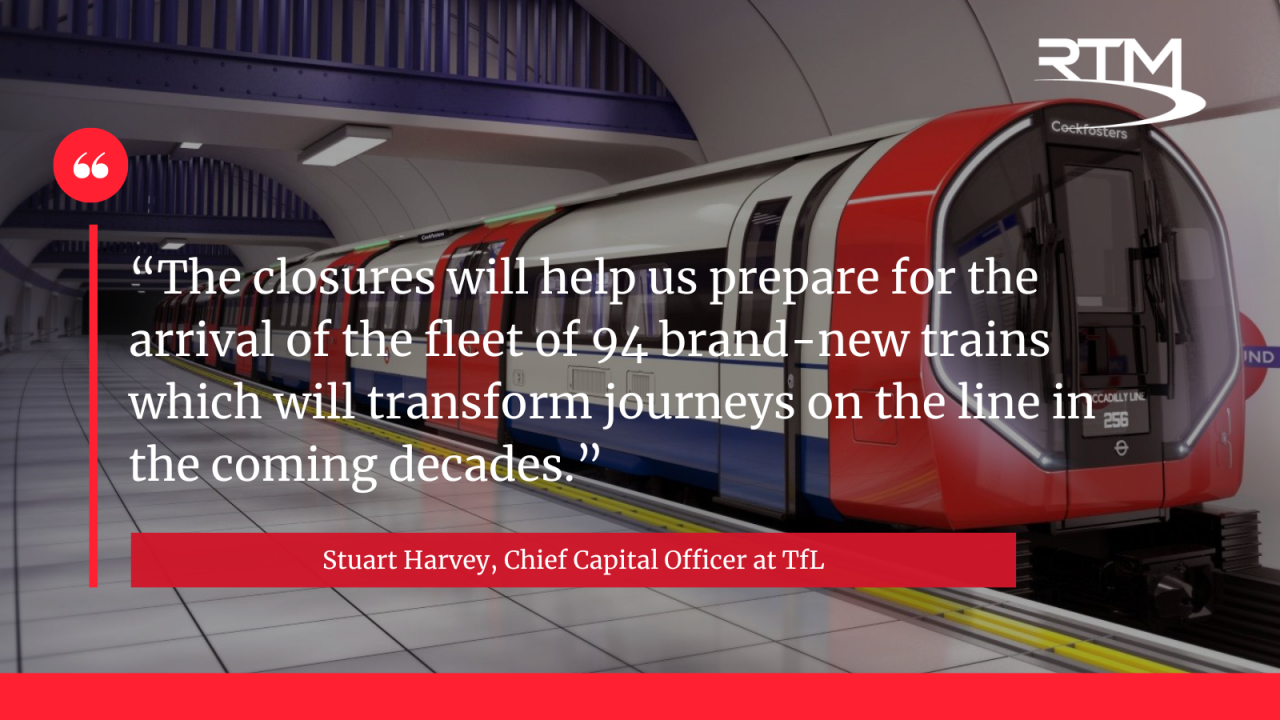
The new fleet is part of a £2.9 billion investment to modernise the Piccadilly line.
TfL ordered 94 new trains for the line from Siemens Mobility in November 2018 in a contract worth around £1.5 billion. Delivery of the trains was initially supposed to begin in 2023, although this was kicked back during the pandemic.
The new trains will replace the existing fleet, which entered service in the 1970s. A report by the Office of Rail and Road (ORR) last October found that the average age of passenger rolling stock in the UK was 16.7 years, putting the current Piccadilly line fleet among the oldest in the country.
Mayor of London Sadiq Khan said: “These much-needed new trains will be a great step forward for our city, improving frequency, reliability and capacity on the Piccadilly line.
“The continued modernisation of the Tube - which has seen a transformation over the last two decades - is a key part of my Transport Strategy to make London a greener, more affordable, more accessible place.”
Designs for the new fleet were first released in March 2021, and revealed a state-of-the-art train with more space, air conditioning, walk-through carriages and improved accessibility.
With a 10% increase in capacity and a much lighter design, the new fleet will help to boost energy efficiency while reducing damage to the track. This has been achieved through an articulated design, meaning fewer bogies are required per full-length train, which also provides the additional benefit of a smoother ride.
The new trains will use 20% less energy in comparison with the existing fleet, with regenerative braking capability, cutting-edge traction systems, LED lighting and advanced energy management. They are also 95% recoverable.
The new fleet will be introduced into operation in 2025.
Image credit: Siemens Mobility

